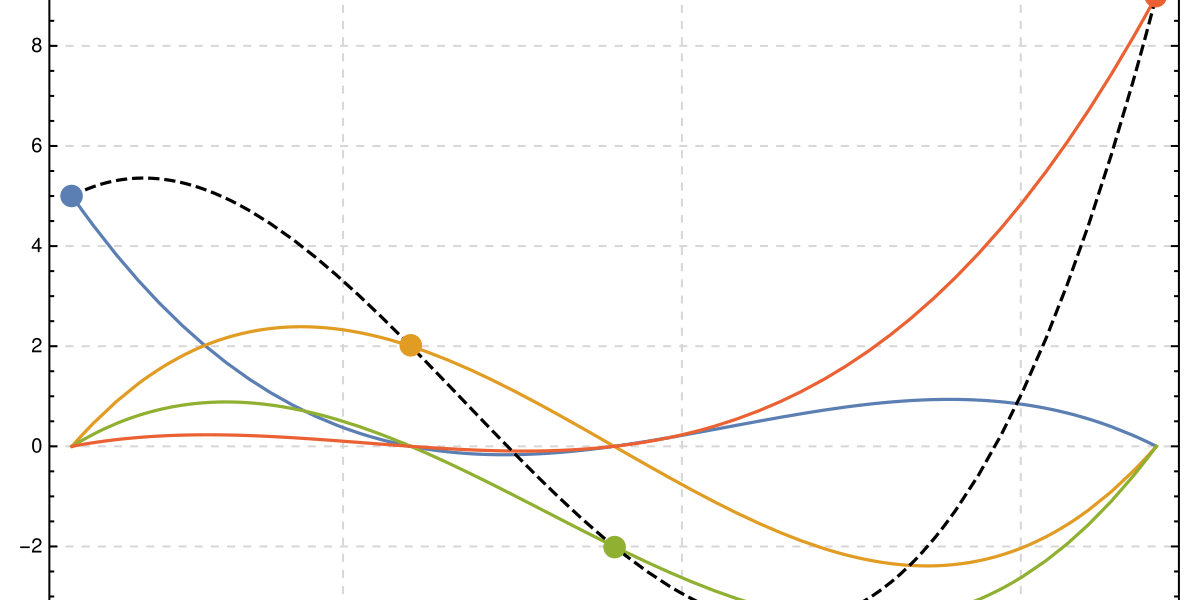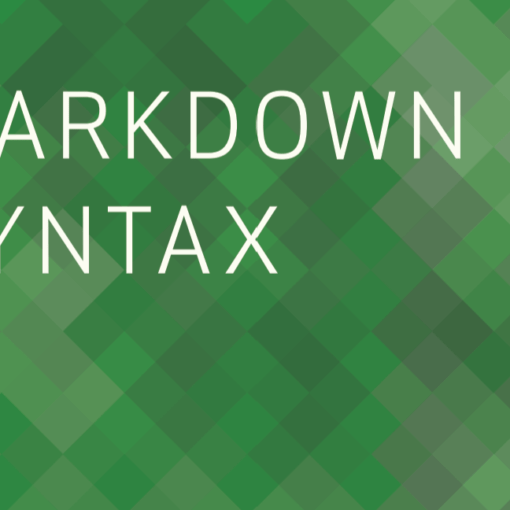Here is the Lagrange interpolating polynomial equation:
![Rendered by QuickLaTeX.com \[ L_i(X)=\prod_{j=0\atop j \ne i}^n\frac{(X-a_j)}{(a_i-a_j)} \]](https://cdn.trevalim.fr/wp-content/ql-cache/quicklatex.com-54388f78f529c6f6a7127253eeeb1b56_l3.png)
![Rendered by QuickLaTeX.com \[ \boxed{P=\sum_{i=0}^nP(a_i)L_i(X)} \]](https://cdn.trevalim.fr/wp-content/ql-cache/quicklatex.com-27e8eb326ac64113981495013f168431_l3.png)
You can find a python code hosted in GitHub here: https://github.com/Eddy-Barraud/Lagrange-interpolating-polynomials
It calculates the polynomial that passes through points given interactively.
And it plots a graph like these ones :
Code :






